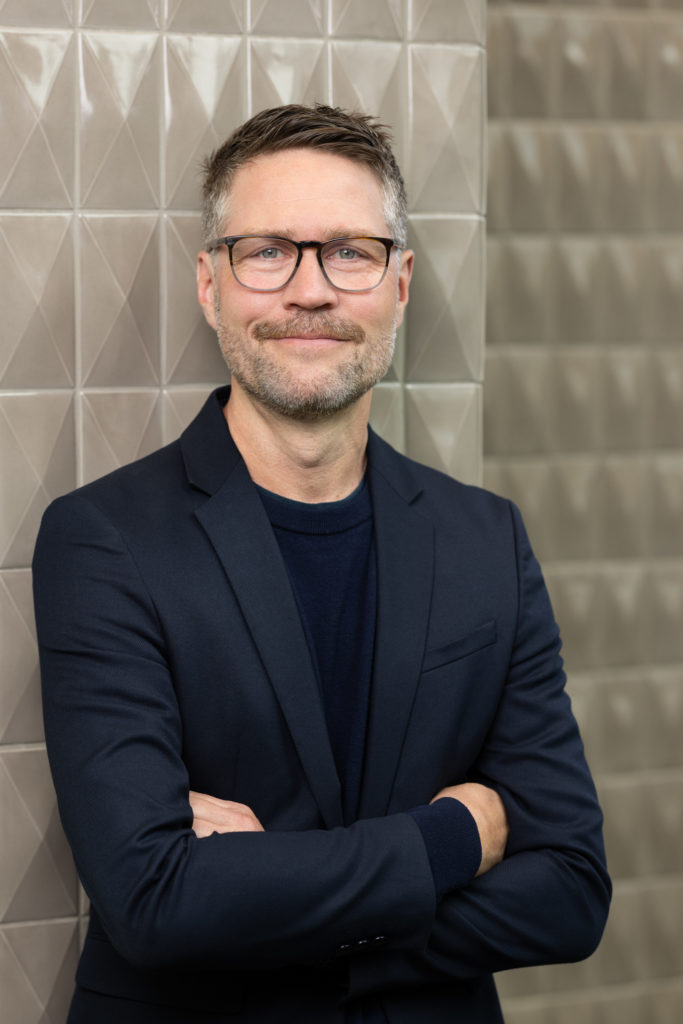
Darrin Alfred, photo by Eric Stephenson, courtesy of the Denver Art Museum
As Curator of Architecture and Design at Denver Art Museum, Darrin Alfred has the esteemed position of overseeing one of the largest design collections in the United States. From exquisite 18th-century French furniture to Mid-Century American classics, to rock posters of the psychedelic ‘60s and architectural drawings drafted with pinpoint precision, to say the collection is “vast and varied” would be an understatement. Alfred’s curation eloquently siphons specific points of interest from this incredible collection to create exhibitions that educate visitors about the histories and the people that designed the objects and spaces we live with and use every day. His most recent exhibition at the museum, “Biophilia: Nature Reimagined,” is a stunning example of his ability to present the diverse beauty and wonderment embodied within the design realm, and how it all stems from Mother Nature, the greatest designer of them all. “Biophilia” is on view through August 11, 2024.
Interview by Hayley Richardson
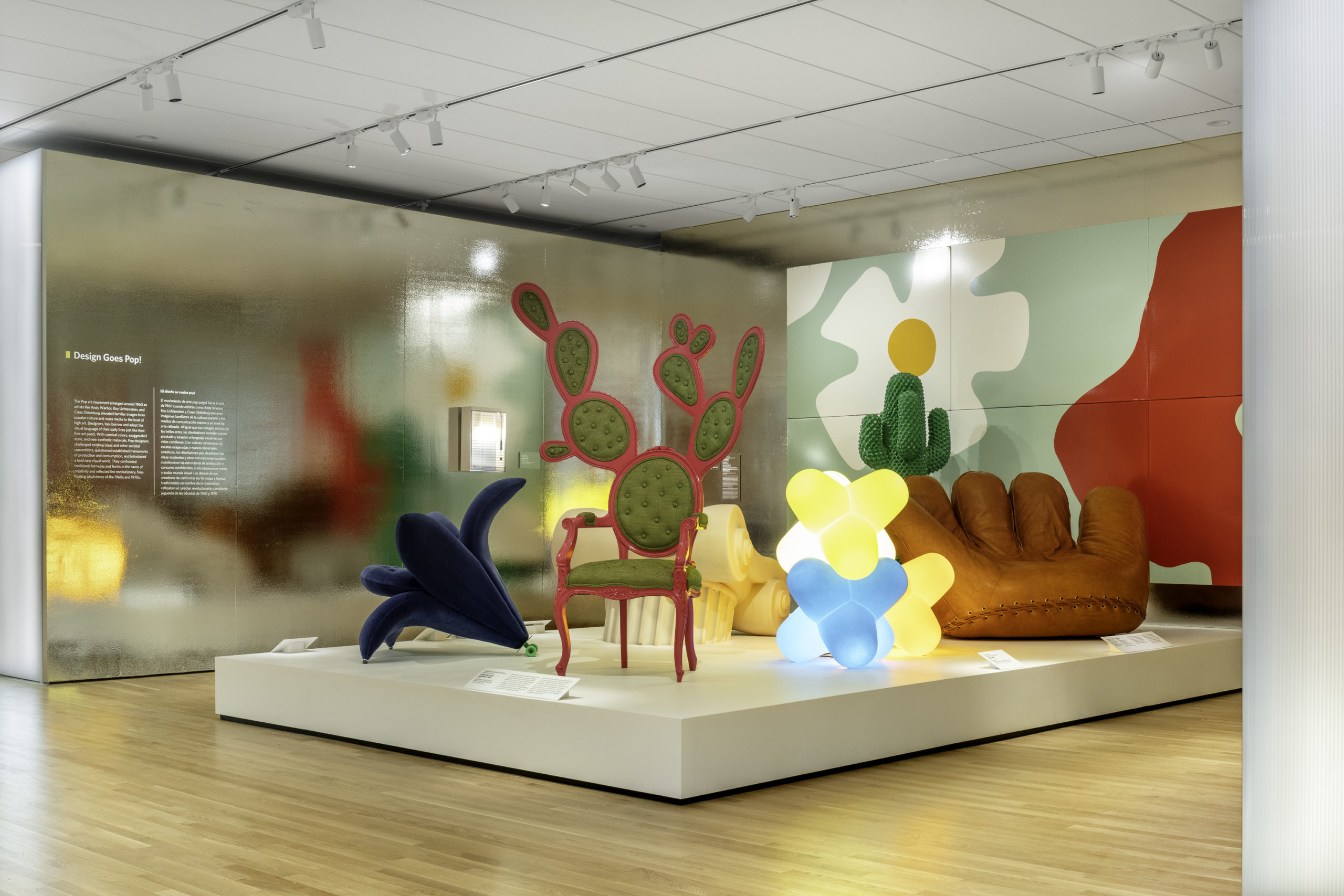
Installation view of renovated Architecture & Design Galleries, photo by James Florio Photography, courtesy of the Denver Art Museum
You became Curator of Architecture and Design at the DAM in 2007 and the department/collection has grown immensely since then, especially with the newly renovated and expanded design galleries in the museum’s Martin Building. How has your vision for the collection and curatorial approach in the galleries changed with this new space?
My vision for the Architecture and Design collection has evolved significantly since I joined the DAM in 2007. The newly renovated and significantly expanded design galleries in the Gio Ponti-designed Martin Building have been a transformative milestone for the department, allowing us to reimagine how we present and engage with design. These spaces offer a dynamic platform to showcase the breadth and diversity of our collection, emphasizing the interconnectedness of design with contemporary life and culture.
Our approach embraces a more thematic and narrative-driven format. The inaugural display, “By Design: Stories and Ideas Behind Objects,” exemplifies this shift by illustrating the abundance and versatility of design approaches across the globe. This evolving exhibition explores fundamental questions such as how design comes into being, who creates it, and for what purpose, highlighting the diverse motivations and inspirations behind objects. By showcasing works that range from handcrafted to digitally fabricated and emphasizing the social, functional, and experimental aspects of design, we aim to spark a deeper understanding and appreciation of how design shapes our lives.
Furthermore, the expanded galleries provide an opportunity to collaborate more extensively with contemporary designers, bringing their innovative works and perspectives into the museum. This allows us to present a living, evolving collection that reflects current trends and challenges in the design field. Ultimately, my vision is to make the Architecture and Design collection a vital, thought-provoking, and accessible resource that inspires and educates visitors about the transformative power of design.
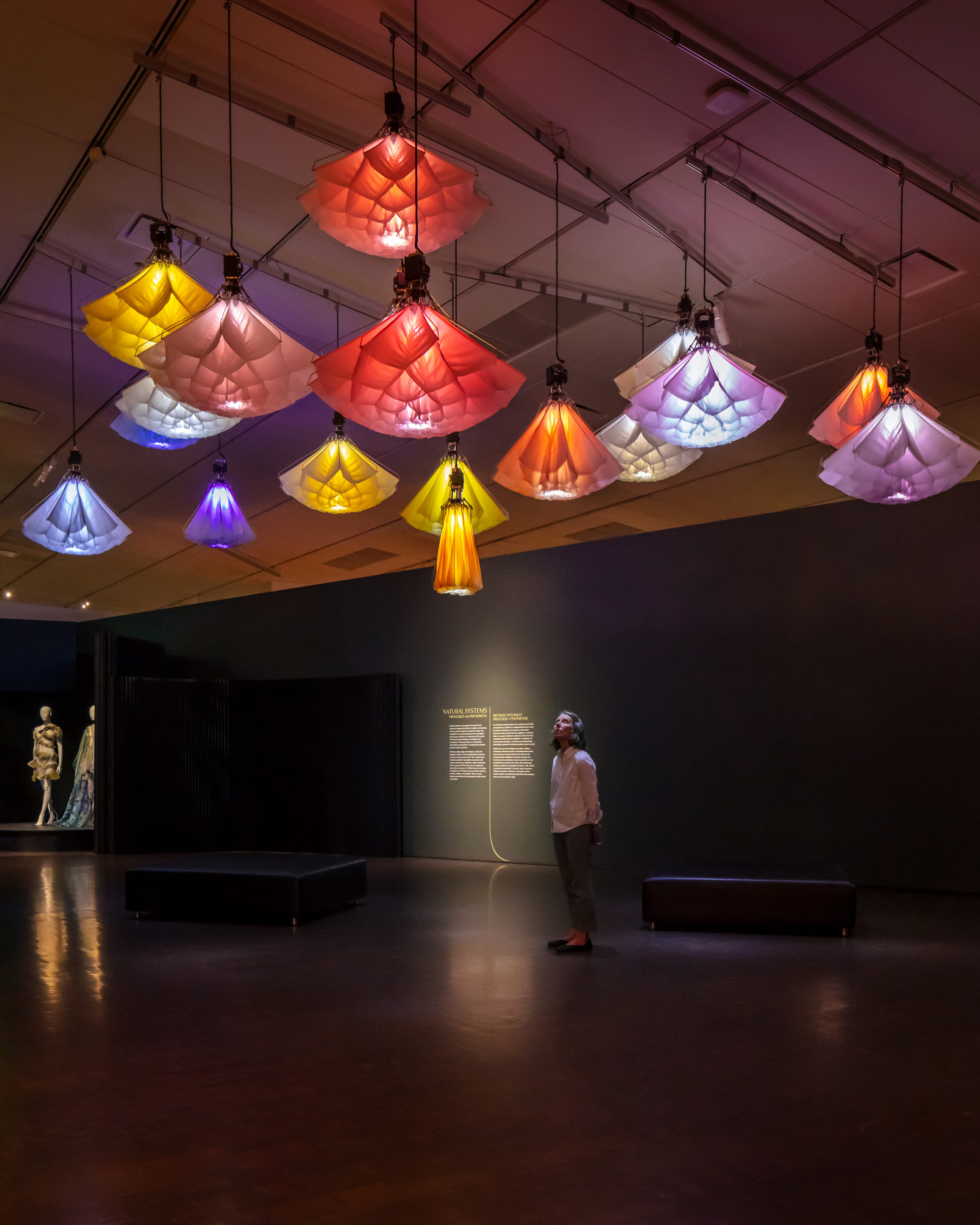
DRIFT, “Meadow,” 2017, site-specific kinetic sculpture, variable dimensions, photo by James Florio Photography, courtesy of the Denver Art Museum
Your current exhibition “Biophilia: Nature Reimagined” opened last month in the museum’s Hamilton Building and it incorporates an array of work centered on creative design—from interior design and architecture, to high fashion, fine art, and smart technology. You’ve said that it’s been ten years in the making. The world is very different than it was ten years ago, as is the museum, so I am curious how the concepts and your ideas may have evolved over the last few years considering the fast-paced development inherent within the fields represented in the show.
“Biophilia: Nature Reimagined” has indeed been a project many years in the making. When I first conceived the idea ten years ago, the concept of biophilia—popularized by Edward O. Wilson—served as the foundation. Wilson’s theory posits that humans have evolved to be deeply intertwined with the natural world, and the exhibition aims to explore and celebrate that connection through the lens of contemporary architecture, art, and design.
The COVID-19 pandemic underscored the urgent need to reconnect with nature, prompting a reevaluation of the exhibition’s concepts. It was during this time that the exhibition’s three themes—Natural Analogs: Form and Pattern, Natural Systems: Processes and Phenomena, and Topophilia: People and Place—came into sharper focus, emphasizing the profound impact of nature on our well-being. Through the wisdom and beauty of the natural world, artists, designers, and architects reveal the path to reconnection, inspiring us to engage with nature for ourselves and future generations.
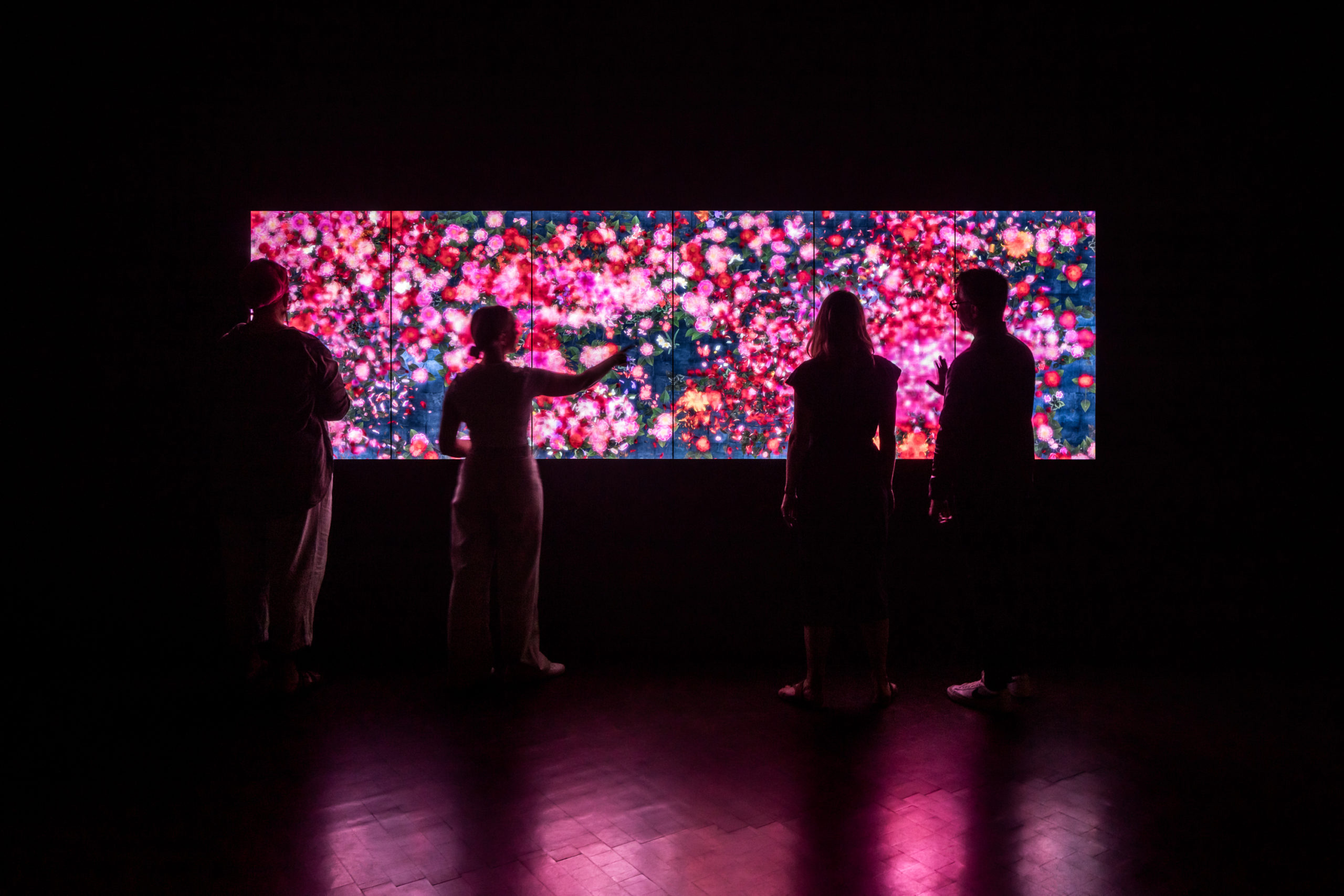
teamLab, “Flowers and People – A Whole Year per Hour,” 2020, Six channels, interactive digital installation, endless sound by Hideaki Takahashi, photo by James Florio Photography, courtesy of the Denver Art Museum
Living in Colorado we have the great fortune of being surrounded by spectacular natural beauty. What is your personal relationship with nature like?
My personal relationship with nature is deeply rooted in my upbringing. My parents nurtured my appreciation of the natural world from a very young age, instilling in me a deep respect for its beauty and complexity. This connection to nature has been a constant throughout my life, evolving as I moved to different places. Living in San Francisco, with its close proximity to nature’s wonders, further deepened my appreciation for the outdoors. Since relocating to Denver in 2007, I’ve found solace and inspiration in the breathtaking landscapes of Colorado and the Intermountain West. Whether hiking in the mountains or simply enjoying the local parks, I try to spend as much time as possible outdoors. Nature is not only a source of inspiration for me but also a place of solace and rejuvenation.
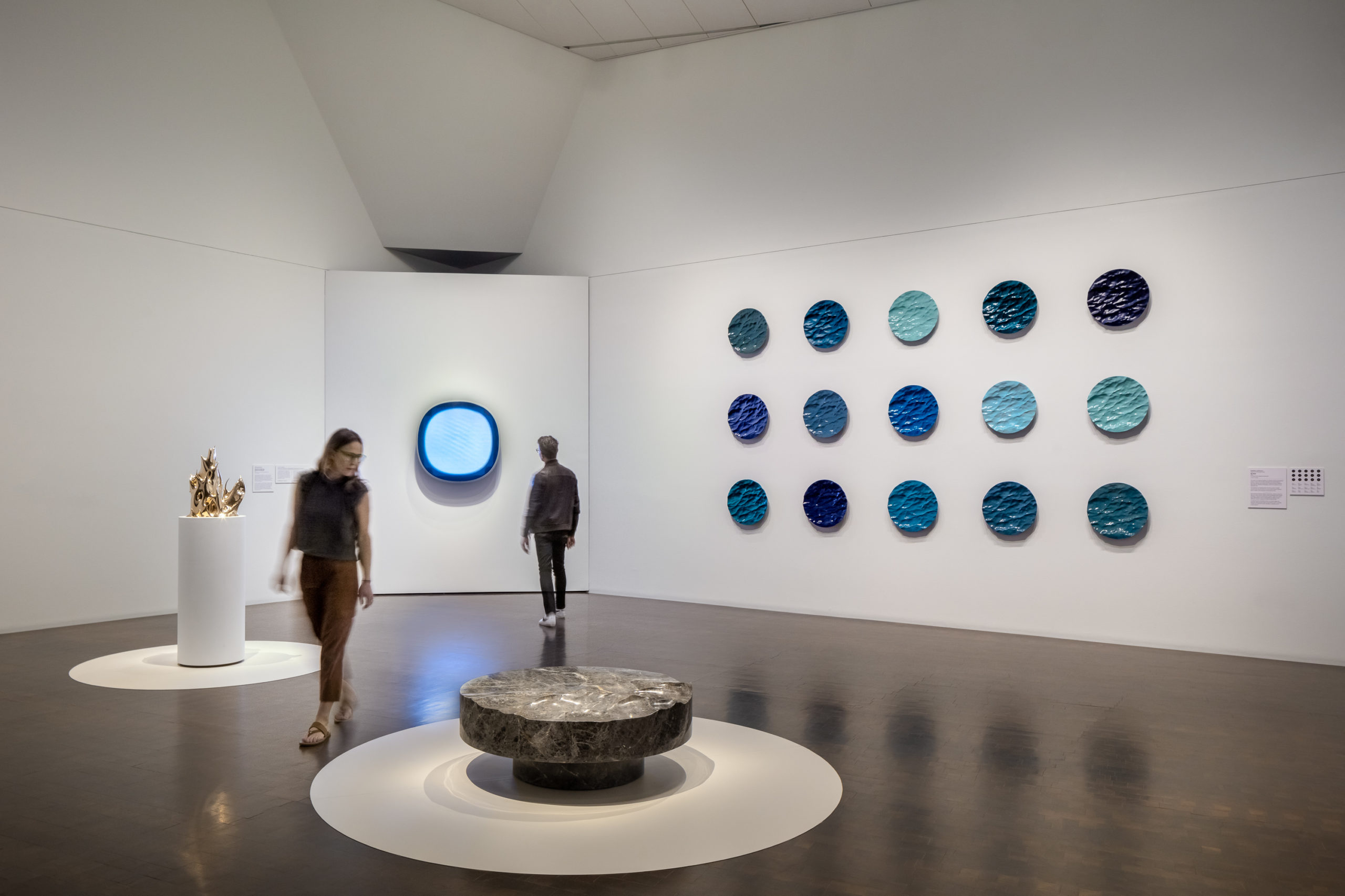
“Biophilia” installation view, works by Mathieu Lehanneur, photo by James Florio Photography, courtesy of the Denver Art Museum
It was recently announced that the Denver Art Museum is set to merge with the neighboring Kirkland Museum of Fine & Decorative Art, which is sure to bring a plethora of new opportunities for both museums and their patrons. What does this merger look like for your department in the future?
The Kirkland Institute at the Denver Art Museum is envisioned as a distinct department, closely linked to the existing Architecture and Design department, and poised to create synergies with other departments and collections within the museum. The Denver Art Museum now boasts one of the largest collections of design in the country, comprising something like 50,000 pieces in our joint holdings.
Each institute at DAM has its own unique character, and the Kirkland Institute brings to the table a physical facility, an established program, and an enthusiastic audience. As we continue to merge operations and integrate both museums, we look forward to sharing more detailed plans with our community. This is an exciting opportunity for growth and collaboration, and we are eager to explore the possibilities ahead.
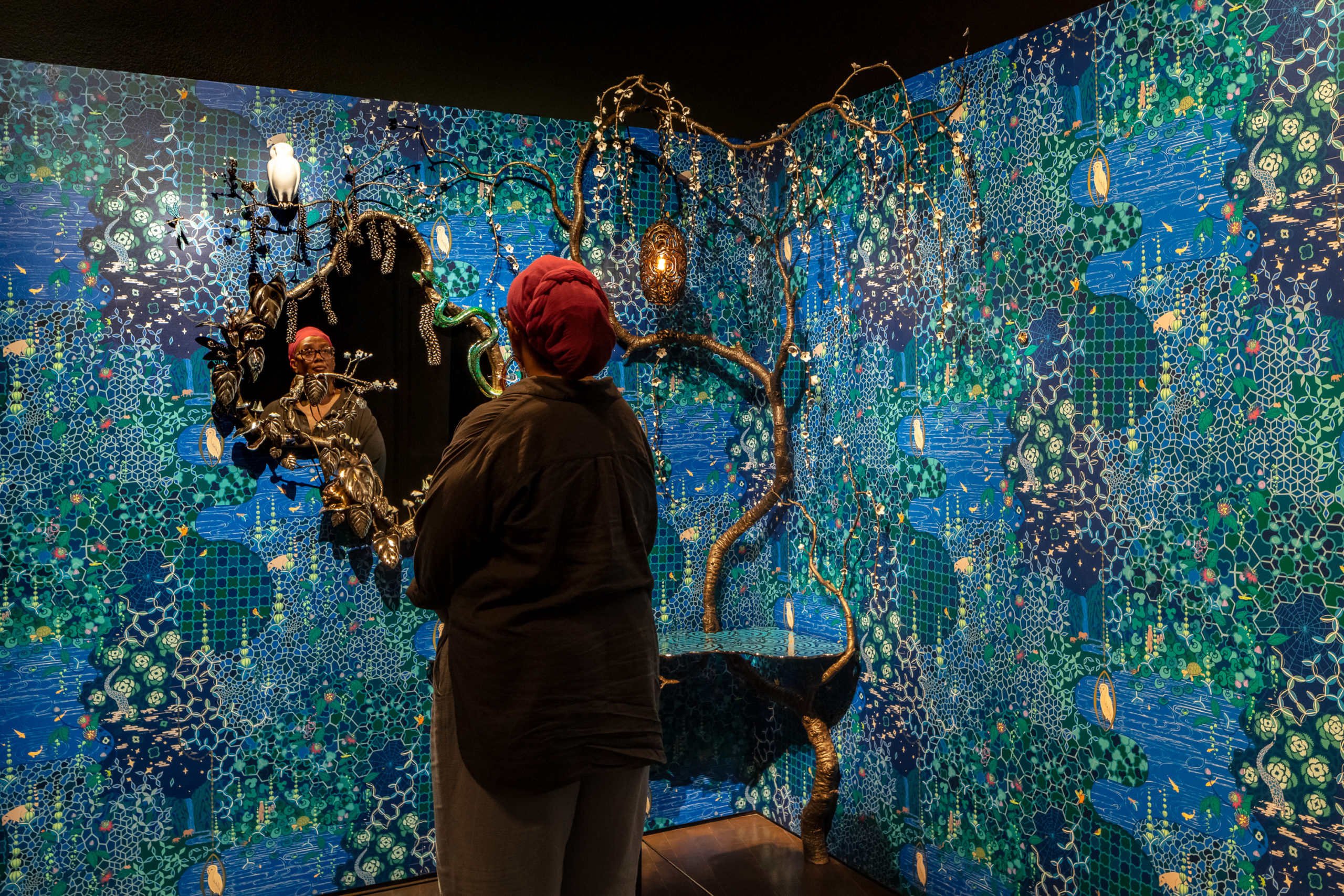
Biophilia installation view, works by David Wiseman, photo by James Florio Photography, courtesy of the Denver Art Museum
What is coming up next for the Architecture & Design department? Do you have any projects or events you can share or allude to for 2024 or beyond?
In terms of what’s coming up next for the Architecture and Design department, we have several exciting projects planned for the remainder of 2024.
One of the highlights is an upcoming display titled Contemporary Furniture Design from Africa and Across the African Diaspora, which will be part of By Design: Stories and Ideas Behind Objects in the Martin Building’s Amanda J. Precourt Galleries on Level 2. This series of ongoing thematic installations is drawn primarily from our architecture and design collection. Africa is a vast and varied continent, and its diaspora spans the globe. Design from these various communities defies a singular narrative or aesthetic. Beyond mere functional furniture, these objects convey the richness and diversity of designers in highly individual ways. Each of these works tells an evocative story, that transcends its physical form.
We’re also working on a new display showcasing a selection of work to be gifted to the Denver Art Museum by Denver-based glass art collectors Judy and Stuart Heller. It will be located adjacent to the Reiman Bridge on the 2nd floor of the Sie Welcome Center. Glass has been used as a form of artistic expression since ancient times. The materiality of glass has been continuously transformed by artists from around the world, from the expulsion of glassmaking from Venice to the island of Murano at the beginning of the Renaissance, to the Studio Art movement which began in the United States during the 1960s. Today, contemporary glass art is an expansive field that blends historical techniques with current interests, resulting in stunning and diverse artworks.